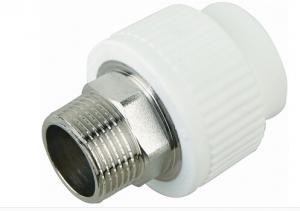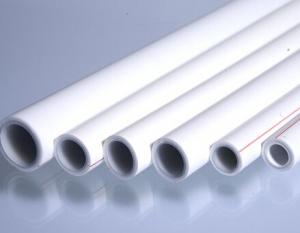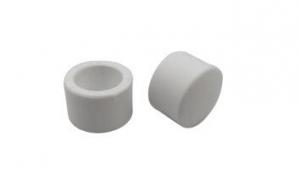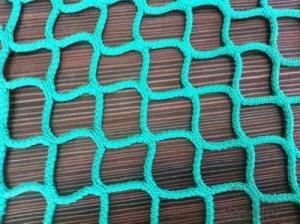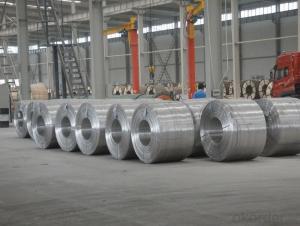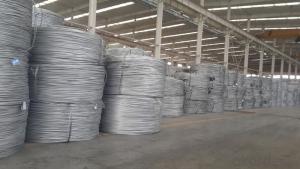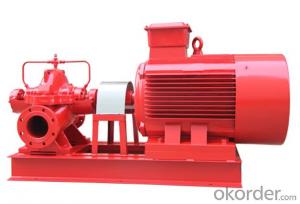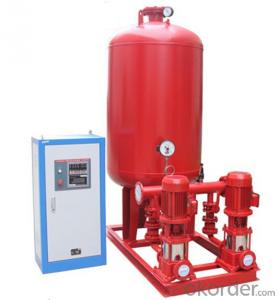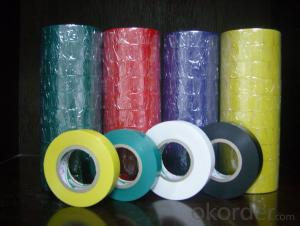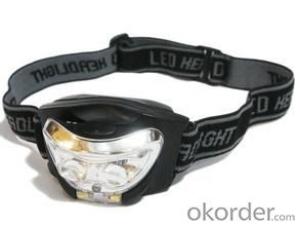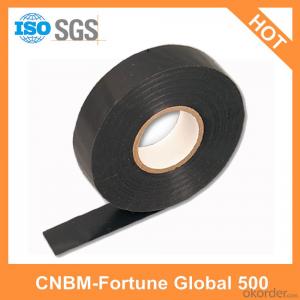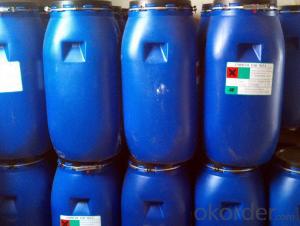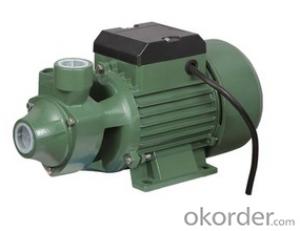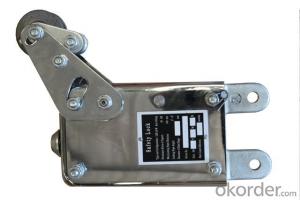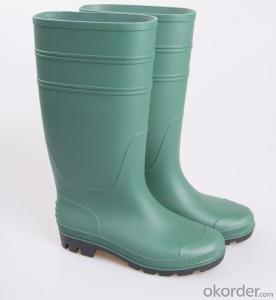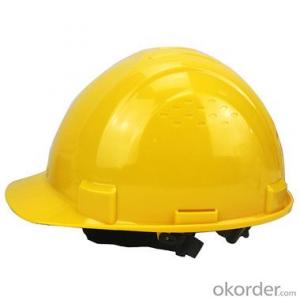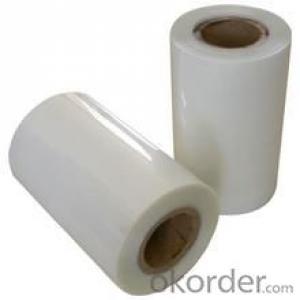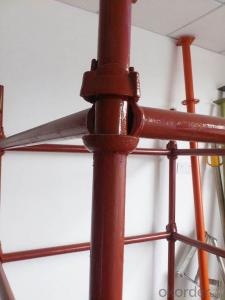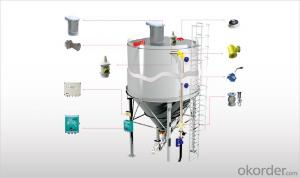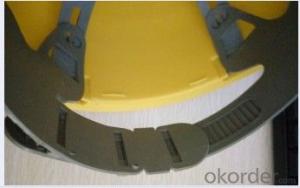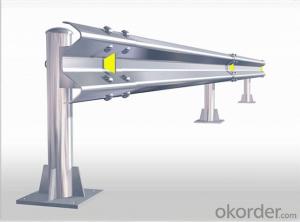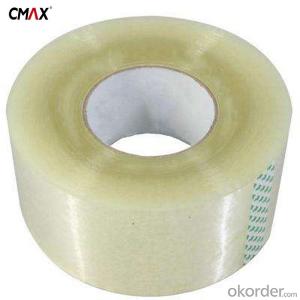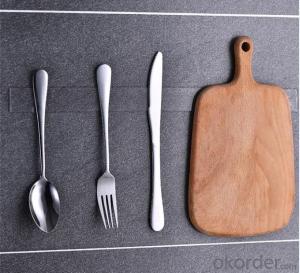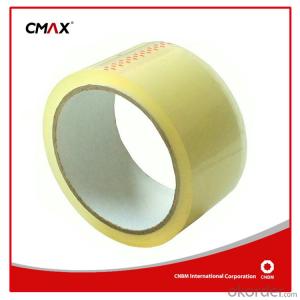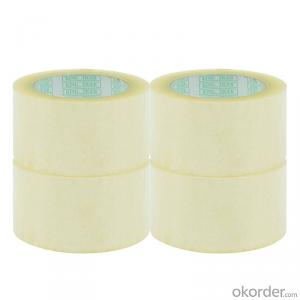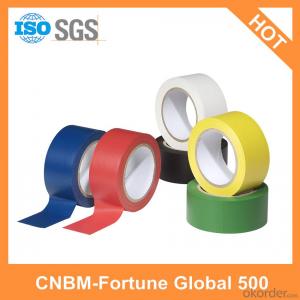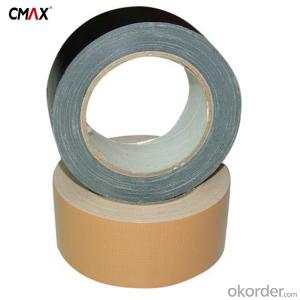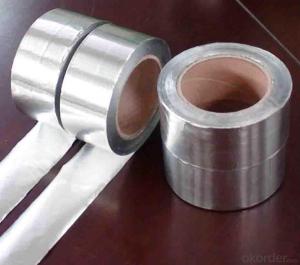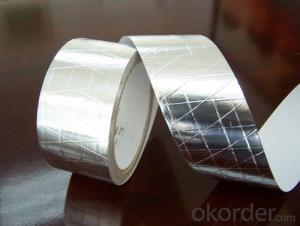Electrical Safety Inspection
Electrical Safety Inspection Related Searches
Led For Growing Cannabis Hot Water Bottle With Hose Kst Values For Common Dusts Light Fixture With Chain Small Plastic Tubes With Lids Garden Summerhouse With Storage Roof Mounted Spotlight Searchlight With Remote Fridge With Freezer On Bottom Clear Storage Tubes With Lids Blue Ray Player With WifiHot Searches
Pedestal Fan With Water Spray Price Mini Inverter With Battery Online Shopping Induction Cooker Coil Price Cost Of Electrical Wire Per Foot Electrical Equipment Price List Next Induction Cooker Price Home Depot Electrical Wire Prices Buy Electrical Wire Online Electrical Cable Types Wholesale Electrical Parts House Electrical Wiring Types Electrical Equipment Company Petaluma Electrical Wholesalers Mini Inverter With Battery Online Shopping Wholesale Knife Price Philippines Clothes Washing Machine Sales Curd Maker Machine Buy Online Frozen Yogurt Machine Cost Buy Machine Screws Buy Frozen Yogurt MachineElectrical Safety Inspection Supplier & Manufacturer from China
Okorder.com is a professional Electrical Safety Inspection supplier & manufacturer, offers integrated one-stop services including real-time quoting and online cargo tracking. We are funded by CNBM Group, a Fortune 500 enterprise and the largest Electrical Safety Inspection firm in China.Hot Products
FAQ
- It is advised against using packaging tape to seal plastic food containers. Although it may create a temporary seal, it is not intended for direct contact with food and may be unsafe to consume. Moreover, packaging tape does not offer an airtight seal and may fail to maintain the freshness of the food or prevent leakage. To guarantee the safety and freshness of your food, it is recommended to utilize food-grade sealing alternatives like plastic wrap, aluminum foil, or food container lids that are specifically designed for this purpose.
- The weight that packaging tape can hold depends on several factors, such as the type and quality of the tape, the surface it is applied to, and the manner in which it is secured. Generally, standard packaging tape can hold up to 20-30 pounds (9-14 kilograms) of weight. However, heavy-duty or reinforced packaging tapes can withstand much higher weights, ranging from 40-70 pounds (18-32 kilograms) or even more. It is important to ensure that the tape is applied properly, with sufficient coverage and pressure, to maximize its holding capacity.
- Yes, packaging tape does come in different thicknesses for added durability. Thicker tapes are often preferred for heavier or more secure packaging needs, as they provide increased strength and resistance to tearing or breaking.
- Yes, packaging tape can definitely be used for sealing arts and crafts materials. It is a versatile adhesive that can easily attach and secure various types of materials, including paper, cardboard, fabric, and more. Whether you are sealing envelopes, wrapping gifts, or creating art projects, packaging tape can provide a strong and long-lasting bond, ensuring that your arts and crafts materials stay securely sealed. Additionally, packaging tape is usually clear, which allows it to blend seamlessly with your project, making it an excellent choice for sealing arts and crafts materials.
- Yes, packaging tape can be used for sealing cloth or fabric items. However, it may not provide the most secure or aesthetically pleasing seal for these items. It is recommended to use specialized fabric tapes or sewing methods for a more effective and durable seal on cloth or fabric items.
- Yes, packaging tape is generally easy to tear by hand. Most packaging tapes are designed with a serrated edge or perforation, making it easy to tear off a desired length without the need for scissors or any other tools. This feature allows for quick and convenient packaging and sealing of boxes or packages without any hassle. However, it is important to note that the ease of tearing may vary depending on the brand and quality of the packaging tape.
- Indeed, plastic lunch boxes can be sealed using packaging tape. This type of tape is crafted to possess formidable strength and adhesive capabilities, rendering it appropriate for sealing a wide array of materials, plastic included. Its capacity to provide a secure seal ensures that the contents of the lunch box remain fresh and safeguarded. Nevertheless, it is crucial to acknowledge that using packaging tape on plastic lunch boxes may result in residue or surface damage upon removal. To avoid such complications, it is advisable to employ tape specifically engineered for sealing food containers or explore alternative methods such as rubber bands or clips, which are designed to secure plastic lunch boxes without causing any harm.
- When using packaging tape on plastic or polyethylene bags, there are several considerations to keep in mind. Firstly, it is important to select the right type of packaging tape that is suitable for use on plastic or polyethylene surfaces. Some tapes may not adhere well to these materials, resulting in poor adhesion and the tape easily peeling off. It is recommended to use tapes specifically designed for use on plastic or polyethylene surfaces, as they are usually made with adhesive formulas that can adhere properly to these materials. Another consideration is the strength and durability of the tape. Plastic bags can often be lightweight and flexible, so it is important to choose a tape that can provide enough strength and durability to secure the contents of the bag. Look for tapes that have a strong adhesive backing and are resistant to tearing or stretching. The temperature and environmental conditions should also be taken into account. Extreme temperatures can affect the adhesive properties of the tape, causing it to lose adhesion or become brittle. If the bags will be exposed to high or low temperatures, it is recommended to choose a tape that is specifically designed for those conditions. Additionally, it is crucial to ensure that the tape does not damage the plastic or polyethylene bags. Some tapes may have strong adhesives that can leave residue or cause damage when removed. Look for tapes that are designed to have low residue, easy removal, or are specifically labeled as safe for use on plastic or polyethylene surfaces. Lastly, consider the aesthetics and presentation. Packaging tape comes in various colors and designs, so you may want to choose a tape that complements the bag's appearance or branding. It is also important to ensure that the tape does not obstruct any important information or barcodes on the bag. In summary, the considerations for using packaging tape on plastic or polyethylene bags include selecting the right tape, ensuring strength and durability, considering temperature and environmental conditions, preventing damage to the bags, and considering aesthetics and presentation.


